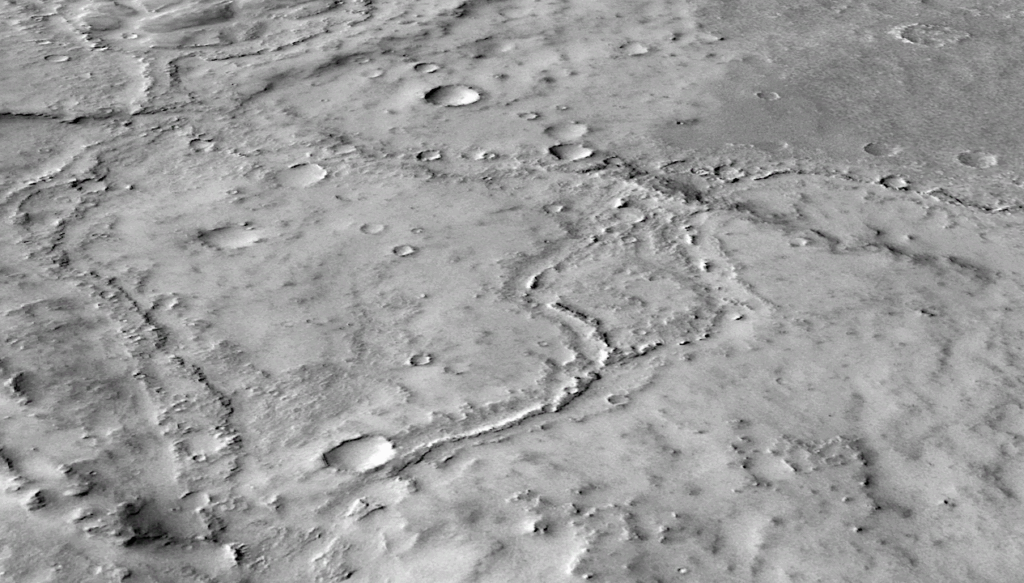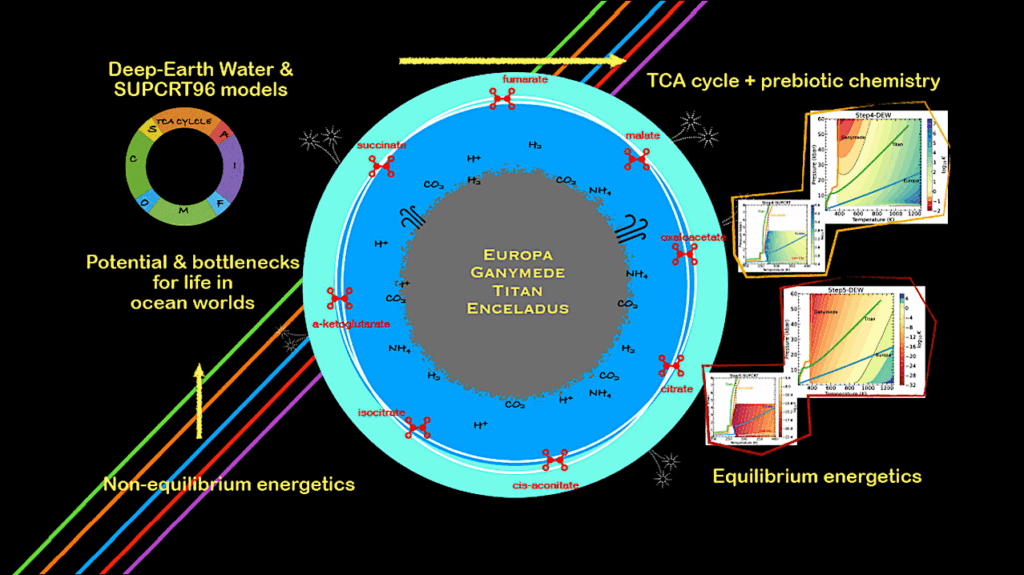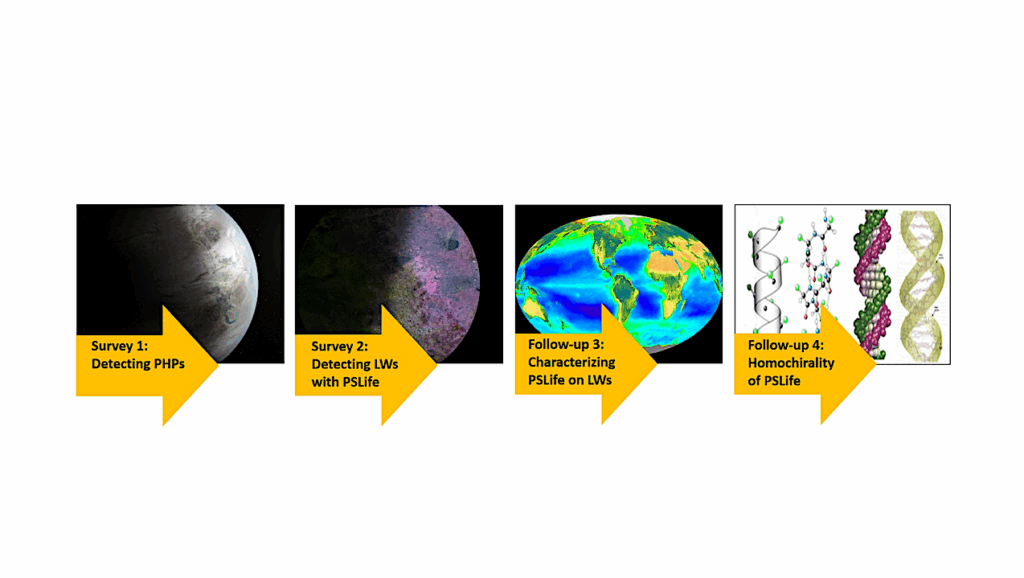A New Look at the Sulfur Cycle
The record of Earth’s sulfur cycle preserved in sedimentary rocks is commonly used to track the evolution of microbial sulfur metabolisms and levels of atmospheric oxygen throughout geologic history. Sulfur isotope evidence suggests the Earth’s atmospheric oxygen appeared about 2.4 billion years ago, but its level remained rather low until about 650 million years ago.
New studies by NASA Astrobiology Institute scientists have questioned the extent to which the record of the sulfur cycle reflects the oxygenation. The team has demonstrated that a laboratory culture of a marine sulfate-reducing bacterium can produce sulfur isotope signatures beyond the threshold previously used to define the boundaries for different sulfur metabolisms. This finding suggests that oxygenation is not the only mechanism that can explain similar signatures in modern and ancient sediments. The team’s paper was published in the July 1 issue of Science.








